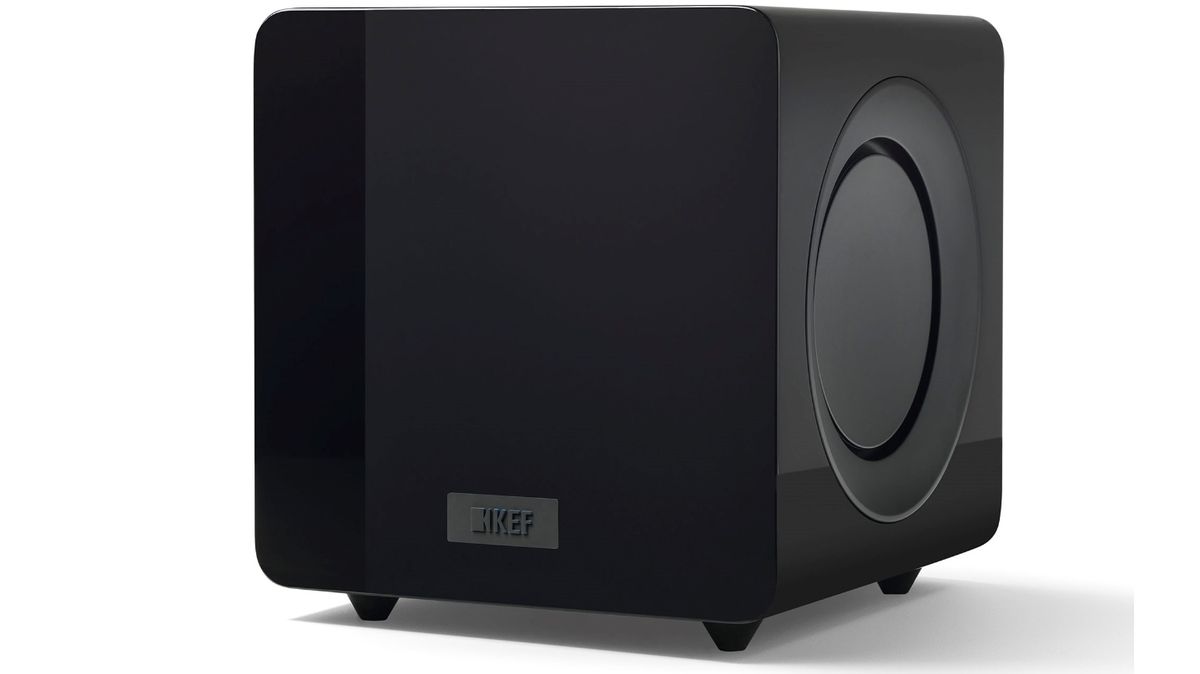As an owner of dual REL T/5i subs, do you mind if I play this game as well?
- Small size. We were in a 834 sq ft, 2 BR apartment; the small living room area included our dining table, TV & audio rack, couch, and my wife's loom.
- Finish (piano white). The subs were in our only living area; so having something that aesthetically blended in well was very important.
- Apartment life. While loud SPL and deep low bass would be great for us, the neighbors next to us and below would strongly disagree. Thus, I was not focused on the LFE range (e.g., below 30Hz) or an ability to play loud.
- Focal Aria 906 (6.5" mid-woofer). My focus was primarily to pick up the lower-end of the music range (and "average" movie effects in a typical movie) that are just beyond what the Focal could deliver; primarily in the 32Hz to 80Hz range.
- Musicality. Equally critical was a sub that would easily integrate "seamlessly" in the cross-over from the 906 to the Subwoofer. An 8" woofer or 10" woofer can fit this range nicely, retaining a small footprint. A few of the sealed 12" subwoofers were potential, but they really pushed hard against the upper limits of #1 and #3 above.
- Sealed Sub. For a lot of reasons (some right, some wrong), I have remained focused on sealed subs over ported subs.
- Dual Subs. Because the room is so small and because we have no options for treating the room, I wanted 2 subs to allow for smoother response.
- Affordable. Was ideally looking for subs in the $300 range, but could go up to $500 per sub.
- High Level Input. I was not in a position to invest heavily in DSP and room correction software to calibrate the integration between subwoofers and speakers (largely due to lack of any time). So the ability to use speaker connections was very helpful.
- [DSP Should Be Avoided]. Full disclosure: at that time, I still believe that "Pure Direct" mode on my Denon AVR was the best (and the only right) way to listen to 2-channel music. So even if I had the time to invest in room correction, I still would not have. Which meant a requirement for speaker-level inputs... which nearly all small subs offer anyway.
- [REL "Magic Musicality"]. On this, I didn't know any better at the time. I believed their method of speaker-level input was an advantage. I believed that using an 8" woofer would be "faster" and more "musical" in the 35Hz - 80Hz range. I believed that if the primary focus was music, buy REL; and if the focus is movies, buy SVS or HSU. And I always prioritize music over movies.
The REL T/5i — on sale at $499 each (March 2020) — met all of the requirements above (
especially size and finish!!!); and the "REL Magic" was viewed as an incremental benefit. Their marketing is effective; but it was not the primary selection criteria since the REL T/5i was the only possible sub from REL that I would even consider based on affordability and size. Even though their sizing calculator indicated I should have ordered REL T/7i, but it was too expensive to consider (and larger than I wanted).
Looking back, now that we I am in a larger rental house, I'd prefer to have a pair of SVS SB-1000s. They were larger than I wanted, but otherwise meet all of the requirements above (except #10

). However, I also had a fear that their 12" subwoofer (with no DSP) would not mesh quite as seamlessly with the Focal 6.5" mid-woofers, compared against an 8"or 10" subwoofer. Given the size factor and our very small living space at that time, I think I still would have selected the REL T/5i.
Beyond SVS, I don't recall any other subwoofer options that included Piano White or another nice finish option that were (a) affordable, and (b) well regarded.
Of course, now that I am in a rental house with a larger living room (14' x 20', open hall to kitchen and stairs), I am trying to figure out if I am better off selling the pair of REL T/5i subwoofers and picking up a dual SB-1000 and an SB-2000 (for 3 total), or just keeping the two very nicely sized REL T/5is (placing them close to the Aria's) and adding an SVS SB-2000 or SVS-3000 in the back of the room to round out the nodes and help fill in the deeper bass range.


